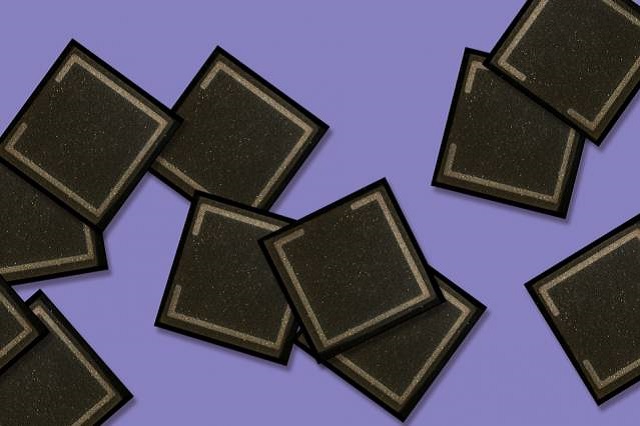 Test sample of a monolithic perovskite-silicon multijunction solar cell produced by the MIT-Stanford University team. (Credit: Felice Frankel)
Test sample of a monolithic perovskite-silicon multijunction solar cell produced by the MIT-Stanford University team. (Credit: Felice Frankel)
MIT and Stanford University researchers have designed a new solar cell comprising two different sunlight-absorbing material layers to harvest a large amount of solar energy.
They stated that the invention holds promise in the development of more versatile photovoltaic cells when compared with existing solutions employed in solar-power installations.
The new cell consists of a silicon layer that acts as a substrate for the modern solar panels. The silicon layer is added with a semi-transparent layer of perovskite material that can absorb high- energy light particles. The “tandem” solar cell designed by the same team earlier this year consists of two layers stacked together with separate electrical connections. However, in the new version, both the layers are linked to form a single device with just one control circuit.
The findings are published in the Applied Physics Letters by Jonathan Mailoa, MIT graduate student; Tonio Buonassisi associate professor of mechanical engineering in MIT; Colin Bailie and Michael McGehee at Stanford, and four other members.
“Different layers absorb different portions of the sunlight,” Mailoa explained. In a tandem solar cell, the two photovoltaic material layers could be independently operated and required separate wiring and control circuits, enabling independent tuning of each cell for ideal performance. However, the new version is very simple to manufacture and install.
It has advantages in terms of simplicity, because it looks and operates just like a single silicon cell, with only a single electrical control circuit needed.
Jonathan Mailoa, MIT graduate student
The electricity generated is restricted by the lesser layer’s capacity. Buonassisi explained that electric current can be compared with the quantity of water passing via a pipe, which is influenced by the pipe diameter. He said, "If you connect two lengths of pipe of different diameters, one after the other, the amount of water is limited by the narrowest pipe." Thus, the serial connection of two layers of solar cell imparts the same restriction on the flow of current.
The team focused on matching the electric current output of both the layers in a precise manner in order to address the foresaid disadvantage. In this solar cell, the total power output is almost the same as the output of traditional solar cells. However, the team is further working on optimizing the power output.
Perovskites have been applied in electronics such as solar cells. However, this is the first time ever to combine the cells with silicon layer in this configuration. The team is currently working on improving the power efficiency of the combined cell. In the earlier version, the power efficiency is 13.7%. The researchers said that they have observed low-cost methods of substantially increasing the efficiency of initial version to nearly 30%, and that of the newer version to over 35%.
Further, the researchers are also trying to figure out an easy method of manufacturing a new device as the materials can be manufactured using methods similar to that of traditional silicon-cell manufacturing.
However, one of the major limitations is to make a durable material that becomes commercially viable. The perovskite tends to degrade in air, and hence it has to be altered to enhance its durability or encapsulated to prevent air exposure, without affecting its performance and manufacturing costs.
Buonassisi claimed that although the exact formulation may not be beneficial in a bigger way, it is one of the different options worth using. He added, “Our job at this point is to provide options to the world. The market will select among them.”
I think this work is very significant. The work is important in establishing a proof-of-concept and will stimulate higher efficiencies with this approach. It’s an excellent starting point for further work in this area.
Martin Green, a professor at the University of New South Wales, in Australia
The research work was supported by the Bay Area Photovoltaic Consortium and the U.S. Department of Energy.
References